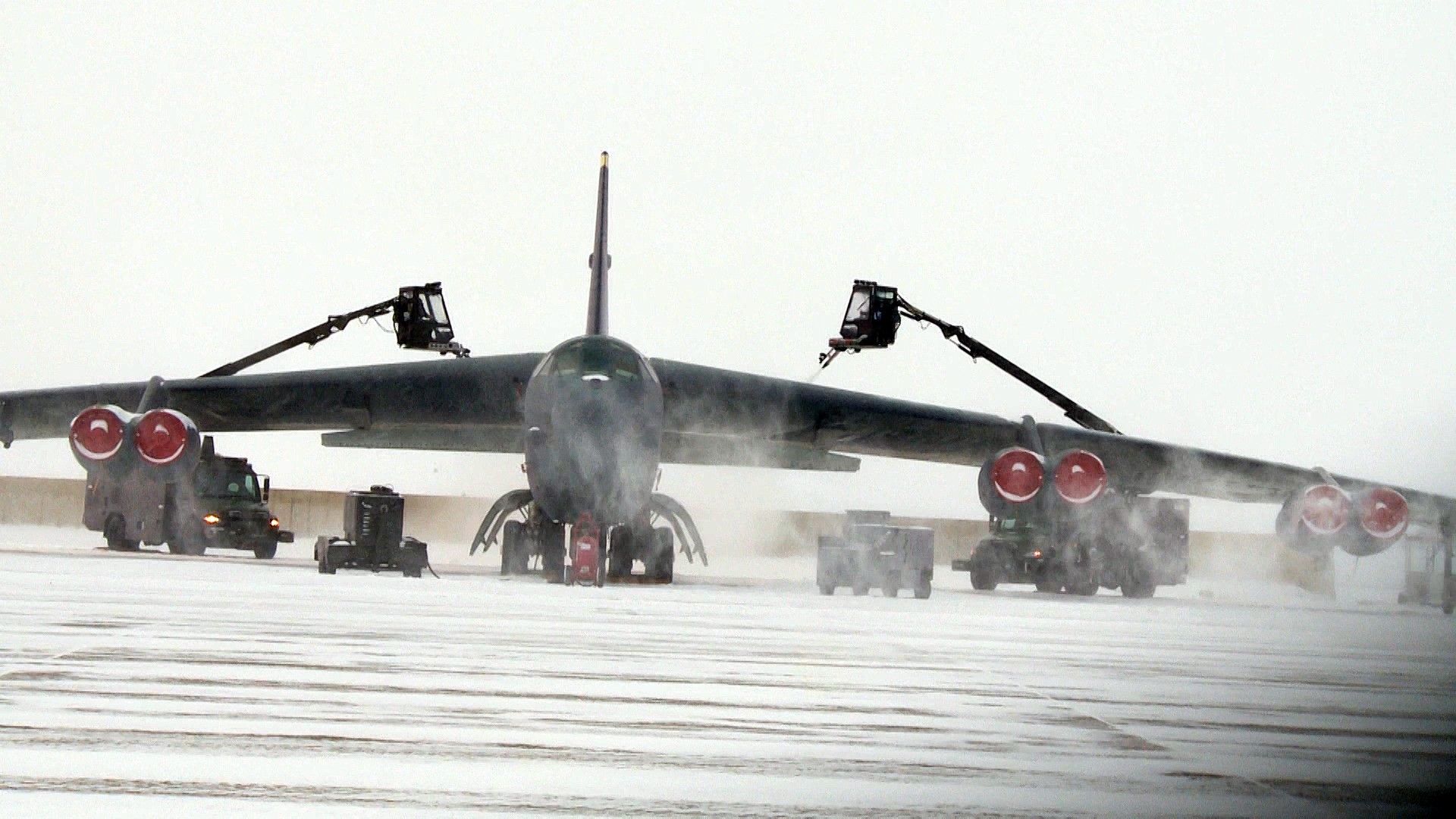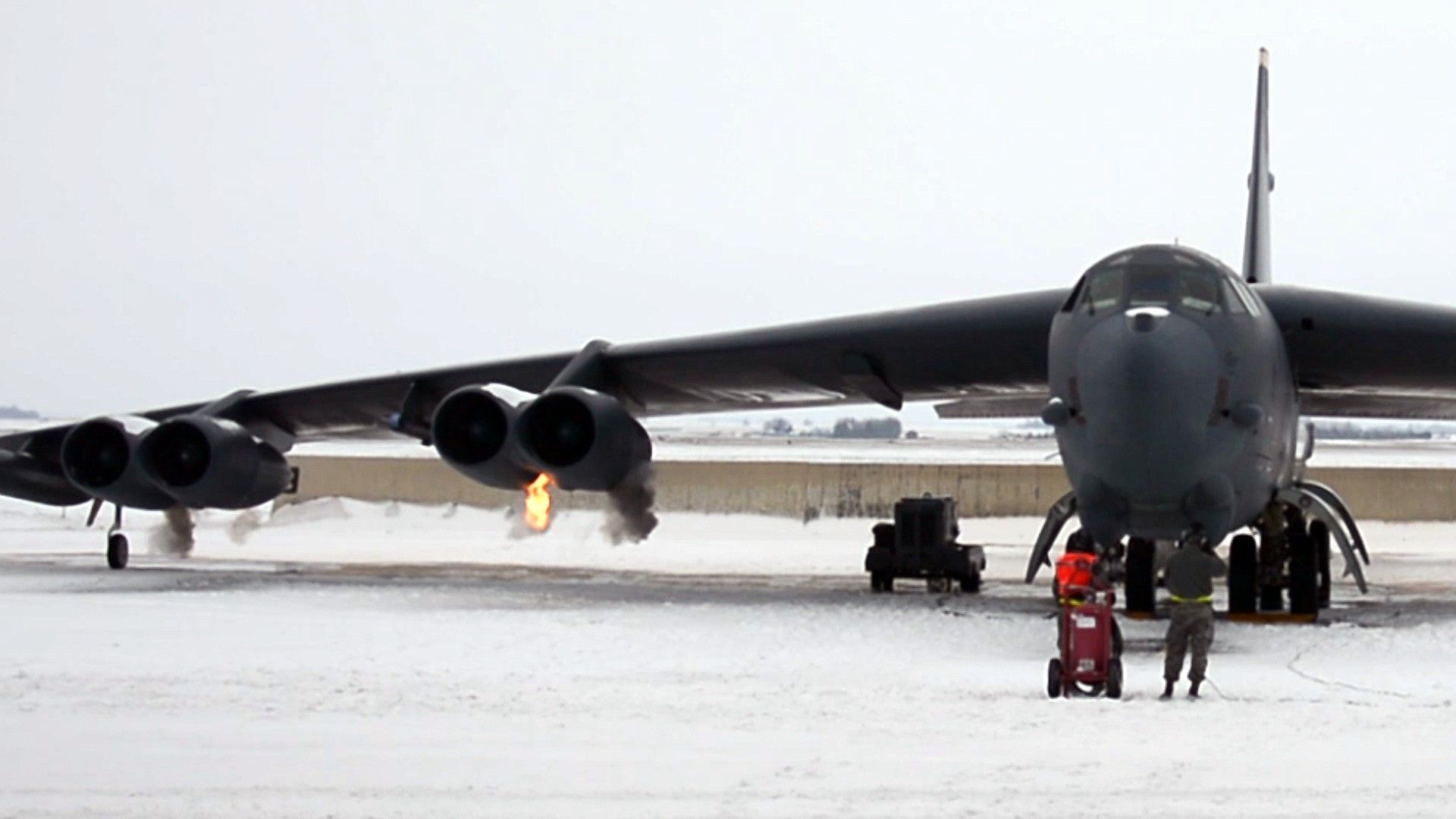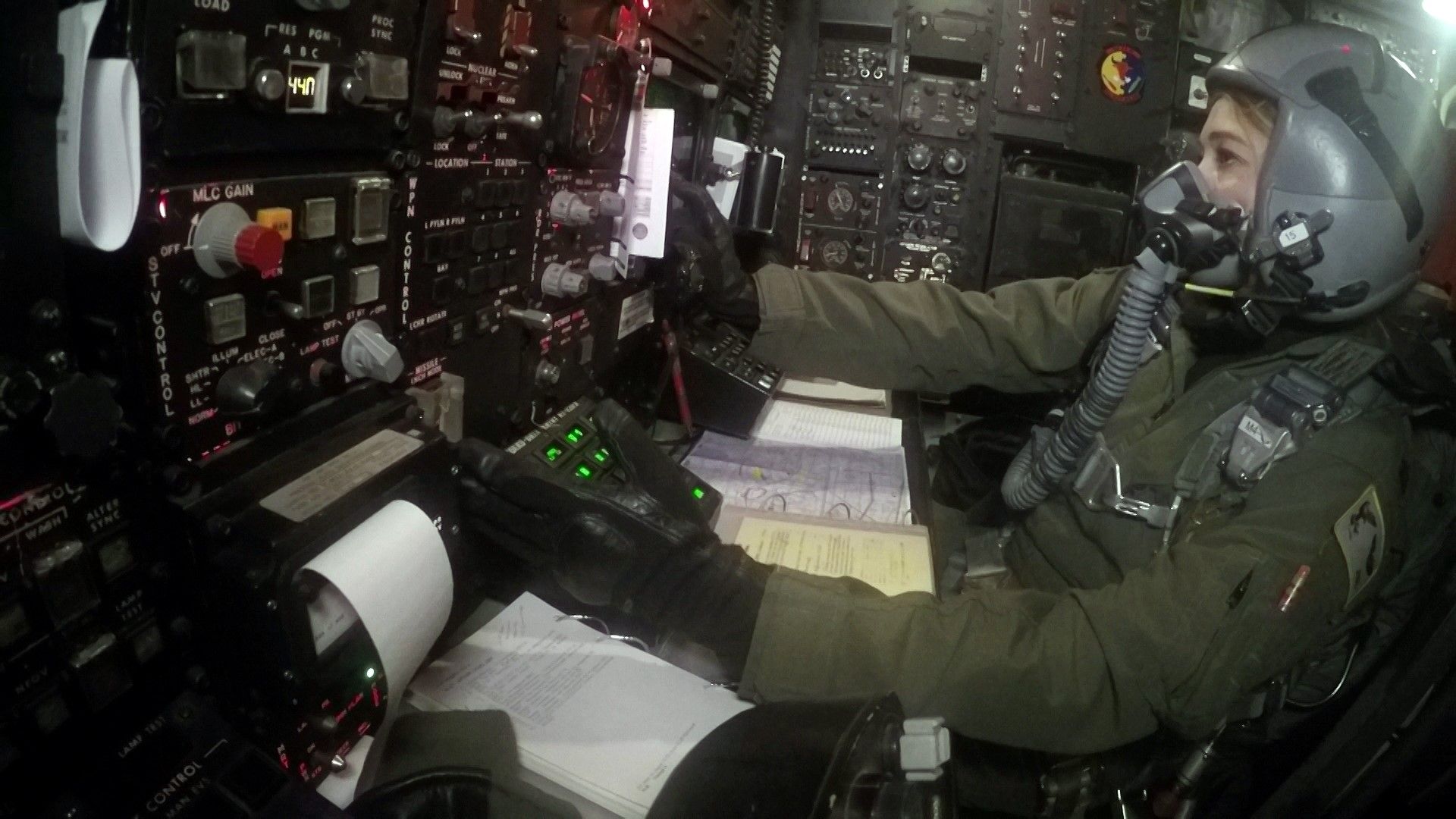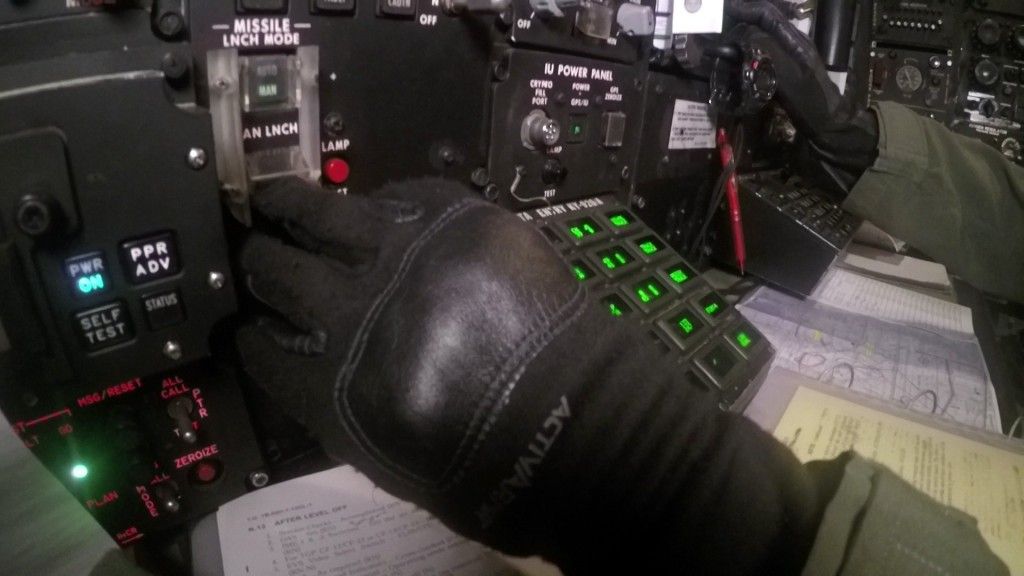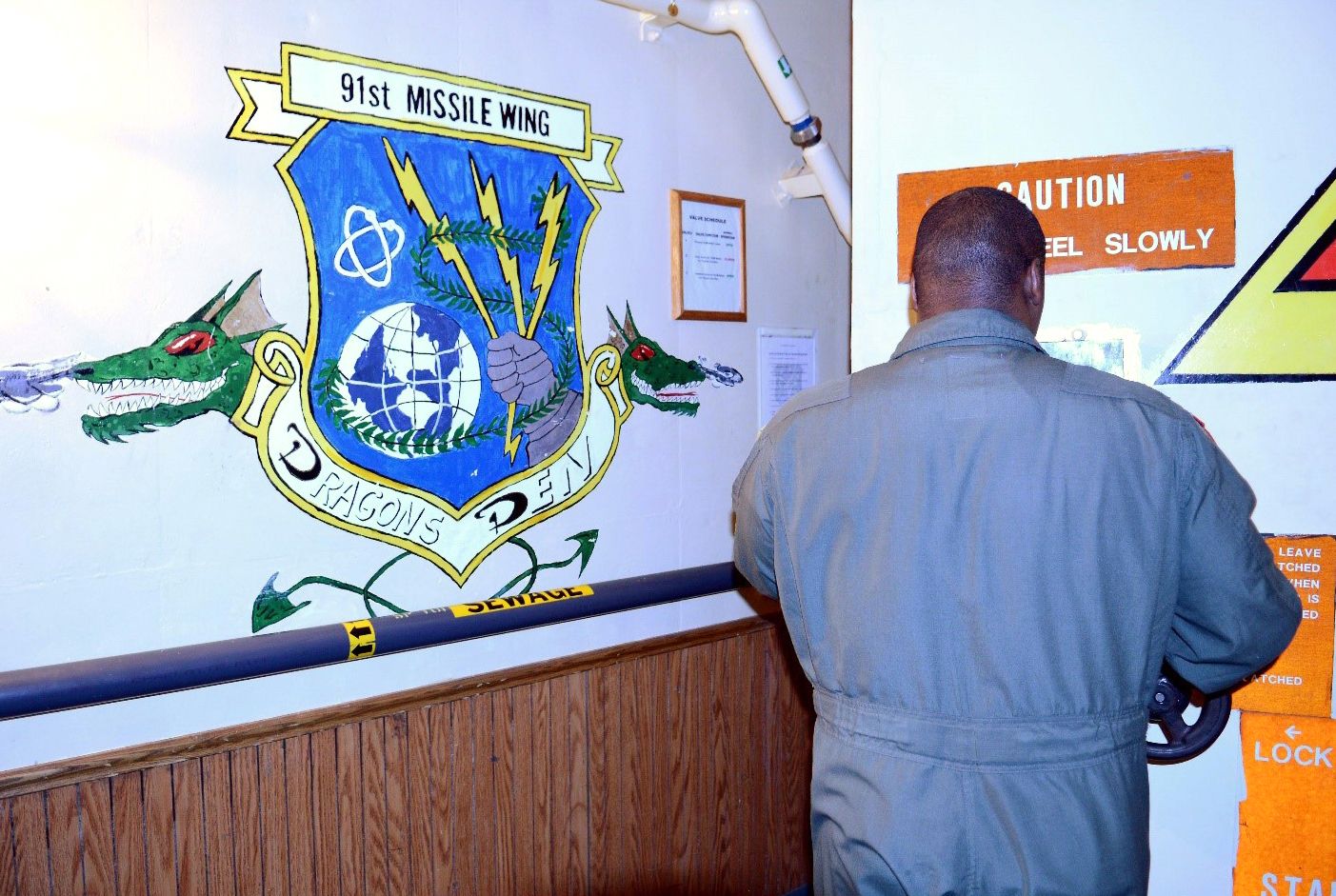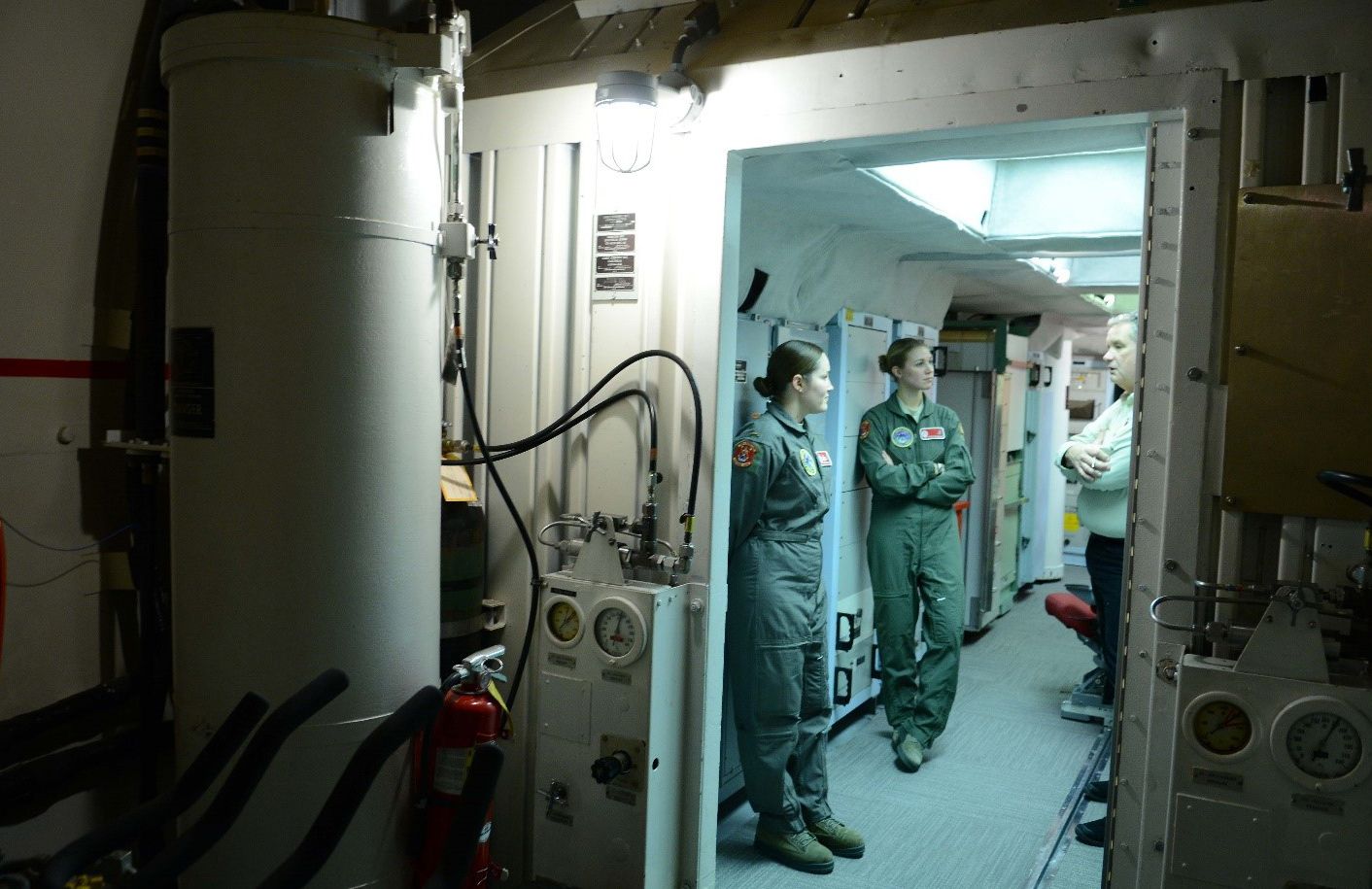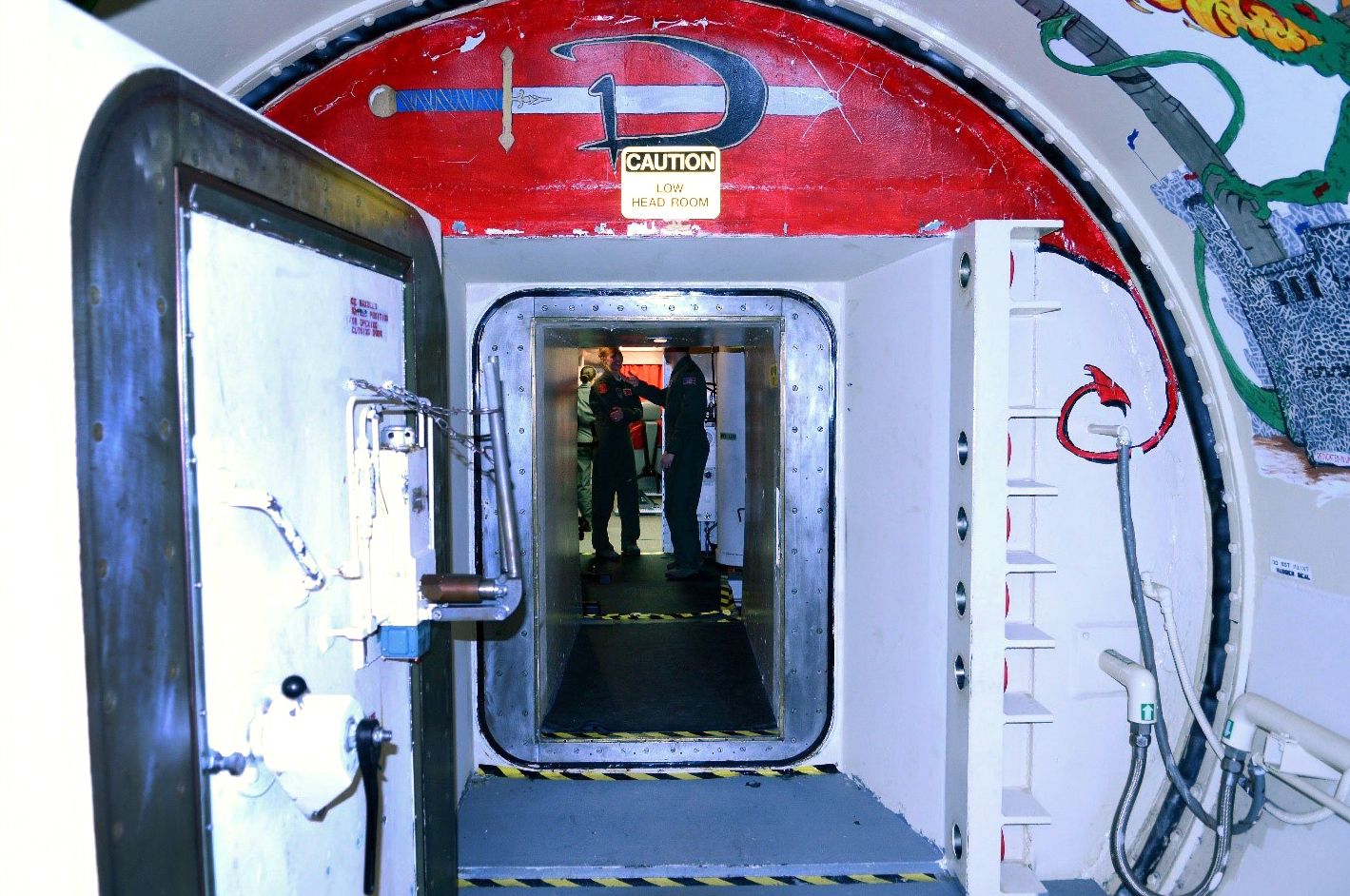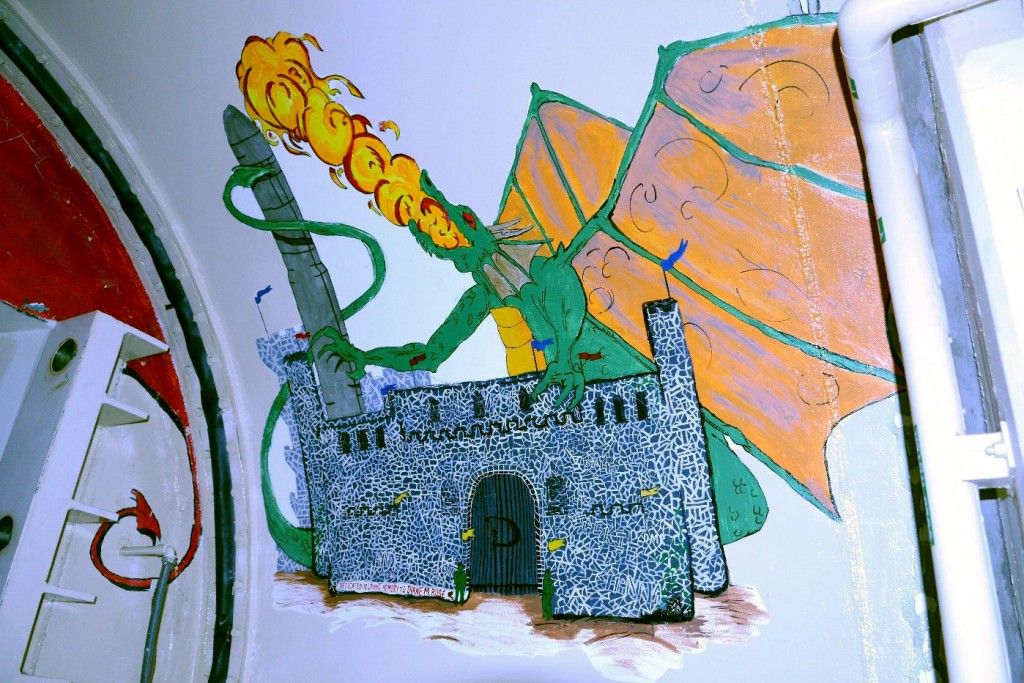MINOT, N.D.—During the Cold War, the United States developed a vast nuclear arsenal with weapons on aircraft, submarines and land-based missiles. These three ways of delivering nuclear weapons became known as the triad, with the Soviet Union was the primary target.
The strategy was to deter an attack on the United States by having enough nuclear weapons that could survive a strike and retaliate.
Over the next three decades, the Pentagon plans to spend $1 trillion to rebuild the triad. Military commanders and civilian experts say nuclear weapons are used every day to deter a nuclear attack against the U.S. and that the current stockpile needs to be replaced because they are old. An example: the B-52H bombers began flying in the late 1950s early 1960s and are older than the crews that fly them.
But critics say the Defense Department is duplicating what it had during the cold war. Two leading critics, former defense secretary William Perry and former top nuclear commander Gen. James Cartwright (Ret.), say one leg of the triad—land-based nuclear tipped missiles—should be phased out.


